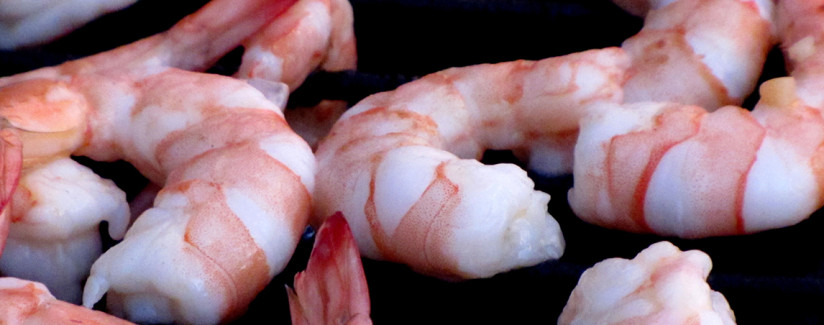
Is Shrimp Safe to Eat?
Fried shrimp. Cocktail shrimp. Shrimp scampi. Shrimp fried rice. Sauteed shrimp. You get the point.
Shrimp is America’s favorite seafood, regardless of how it’s prepared. In the United States, each American eats roughly four pounds of shrimp annually!
But is it safe?
A recent Consumer Reports study on farmed and wild, raw and cooked shrimp found that 60 percent of the raw shrimp sampled tested positive for bacteria. Should we be worried about eating shrimp? We asked expert Kevin Fitzsimmons, PhD, Professor, Extension Specialist and Research Scientist at the University of Arizona, for some insight into the safety of shrimp.
The Consumer Reports study found bacteria in 60 percent of the raw shrimp it sampled. Is this number troubling?
Dr. Fitzsimmons:
In some cases, yes, but in most cases, no. The majority of bacteria reported in the story were E. coli and Vibrio. Both of these bacteria are ubiquitous. E. coli is found on virtually all our food and surfaces where humans are present. And Vibrios are ubiquitous in marine environments. In fact, I would be more concerned if these bacteria were absent, as I would wonder what had killed them. The much more rare cases of Salmonella and MRSA were of greater concern. Although Consumer Reports clearly stated that we need to consider that 97 percent of fresh chicken has Salmonella and that We should handle and cook shrimp as carefully as we do chicken.
Should consumers be worried about the safety of shrimp?
Dr. Fitzsimmons:
Consumers shouldn’t be any more worried about shrimp than any other food stuff. But, of course, we should be aware of safety with any food and should handle it and cook it accordingly.
Best Food Facts: What can consumers do to make sure the shrimp they buy at stores is safe? Are there particular kinds of shrimp that are safer than others?
Dr. Fitzsimmons:
As the Consumer Reports study correctly mentions, buying responsibly-farmed or wild-caught shrimp (and other seafoods) is advisable. Look for products that have certifications or labels from any of the following:
- Monterey Bay Aquarium Seafood Watch – Best Choice or Good Alternatives approvals
- Marine Stewardship Council
- Aquaculture Stewardship Council
- Best Aquaculture Practices Certification
- Global GAP
- Naturland
- Whole Foods Guide
Who regulates shrimp, and are there acceptable levels of bacteria for shrimp?
Dr. Fitzsimmons:
There are many agencies, domestic and foreign, that regulate shrimp catch and farming. Regulations are often at odds, including in the U.S., where state and federal regulations sometimes conflict. There are no regulations on acceptable levels of bacteria for shrimp, or most other foods. Bacteria are everywhere and it would be quite impossible to regulate numbers except on a few of the most pathogenic types.
The Consumer Reports study also found that about five percent of imported raw, farmed shrimp contained antibiotic residues. How prevalent is the use of antibiotics in farmed shrimp, and are there acceptable residue levels for farmed shrimp?
Dr. Fitzsimmons:
Most countries have instituted strict regulations on the use of antibiotics in shrimp, but the enforcement is lagging. And some farmers are still misusing. However, this needs to be considered in relation to the many antibiotics that are legally used in poultry, beef and pork in the U.S. I’ll trust the shrimp and will dig into a pile as soon as possible!


























